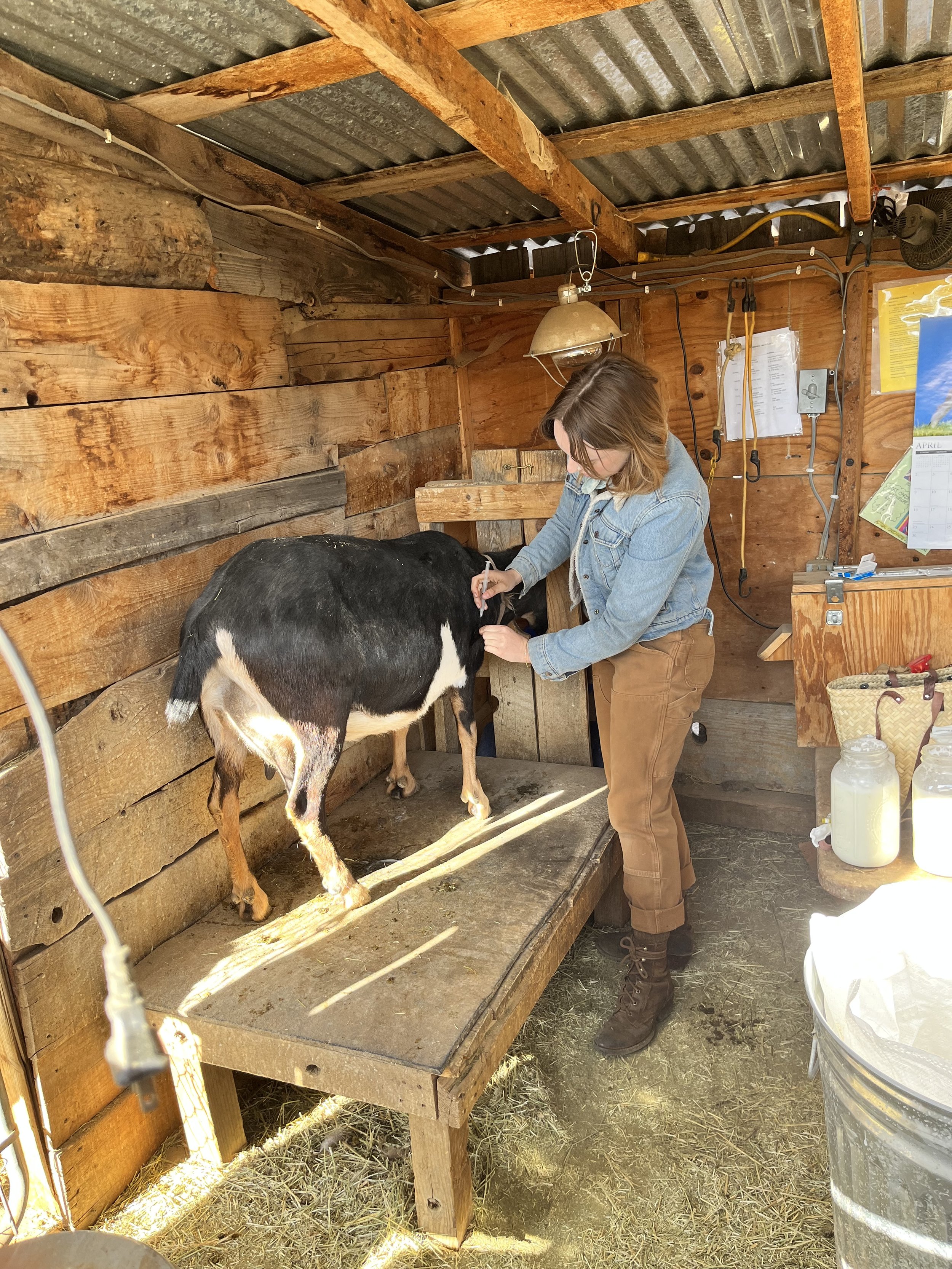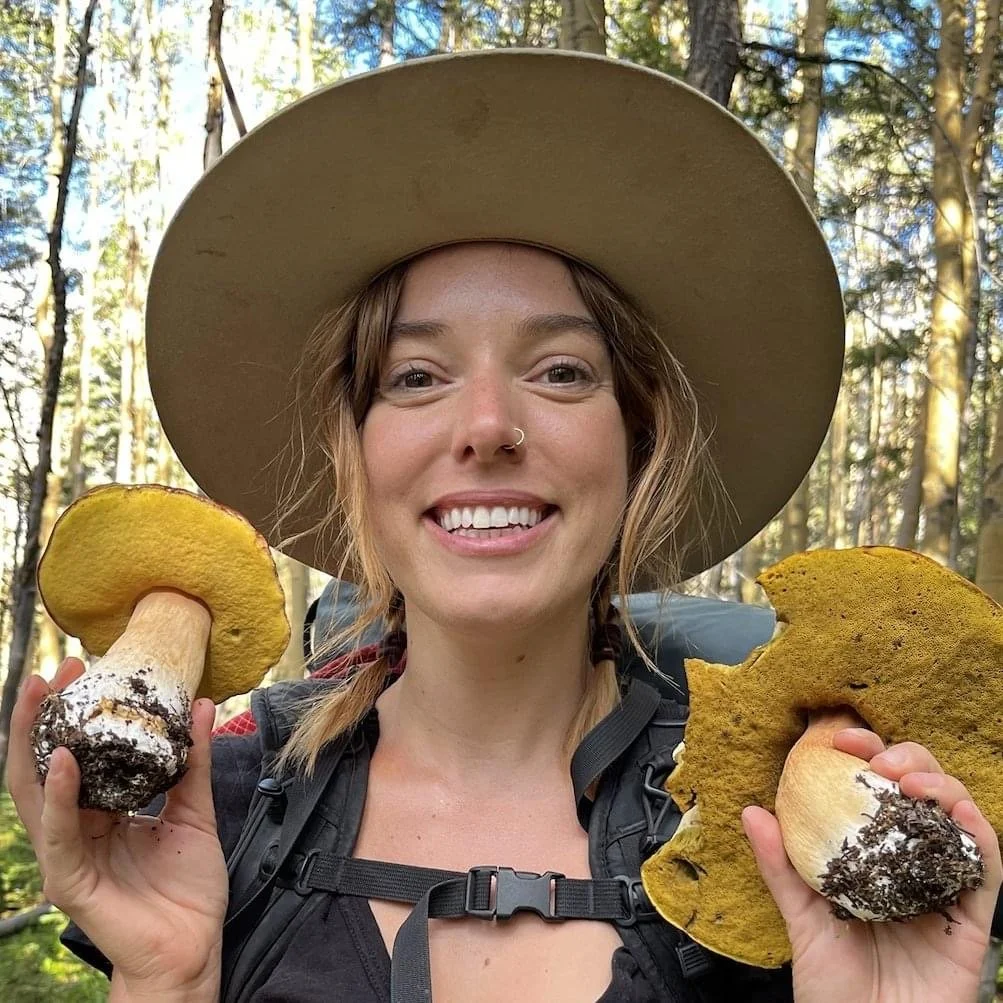Biography and Origin Story
Biography
Avery is an transdisciplinary regenerative land stewardship practitioner, educator, and advocate. For the last 15 years she has practiced, researched, and educated on land regeneration, permaculture, agroecology, and ecological design; her experience includes overseeing land stewardship research for academic institutions, designing small-scale regenerative farms, leading science-based educational programs on these topics, and working extensively in community development and community organization to grow the capability of diverse stakeholders to compost the global “poly-crisis” into fodder for cultural and ecological resiliency.
Avery’s expertise in regenerative land stewardship is centered on coupled socioecological systems regeneration in the American West, with a focus on implementing arid drylands resource management strategies in ways that enrich community self-determination and cultural resiliency. She has lived in and worked alongside indigenous communities in the West, with an orientation towards uplifting indigenous cosmology as a core instrument for creating climate resiliency. She has worked across a diversity of organizations at the nexus of applied land regeneration and ecological science, including at the University of California’s Natural Reserve System, where she previously served as the assistant director of a 6,000 acre reserve.
Avery has worked for the Regenesis Institute for Regenerative Practice since 2020 and serves as the Institute’s Associated Director, with a particular focus on working with advanced practitioners of regenerative development around the world to iterate and implement novel applications of regenerative development wherever they are located and in whatever fields of endeavor they are working within. She has a B.S. in Natural Resource Management and Forestry, two minors in Sustainable Environmental Design and City & Regional Planning, and a certificate in urban agroecology research, all from UC Berkeley.
Origin Story
For as long as I can remember, I’ve drawn my inspiration from observing the innate self-organizing complexity present in the natural world.
Raised in the foothill chaparral of Santa Barbara, California, I re-wilded myself through exploring the wilderness trails that led into the national forest behind my house. I fell in love with foraging for wild edible and medicinal plants, tracking and trailing wildlife, and simply listening to (and learning) the songs of the birds. Through watching wildfire after wildfire devastate the canyon, I learned of the integral importance of active ecological stewardship in keeping our wildlands healthy and resilient in the face of climate change.
I started out on a fifteen-year path of studying, applying, and eventually educating in high desert permaculture and agroecology. Through my relationship with the permaculture and agroecology community, I learned how we could grow food in hotter, drier lands through learning from the wisdom of traditional and indigenous communities, and became a practiced homesteader. I also fell in love with ecological science, romanced by the way that systematic study of the natural world could reveal intricate patterns invisible to the naked eye, and began a long journey of working across the University of California to support and advance drylands restoration ecology research.
I studied at UC Berkeley (B.S. Forestry and Natural Resource Management; minors in Sustainable Environmental design and City & Regional Planning), where I continued to dance between the worlds of academia and off-grid homesteading as I followed the trail of how to bring life back to both our lands and our communities.
My journey has included assistant managing a 6,000 acre research reserve for the University of California Natural Reserve System, farming traditional drylands landrace crops on the Spanish island of Majorca, teaching regenerative land stewardship retreats across California, becoming a practiced practitioner and teacher of small-scale animal butchering and cheesemaking, living off-grid with indigenous elders, teaching desert carbon farming to permaculture students, overseeing large-scale research into the re-introduction of indigenous-led prescribed fire, and beyond.
Through seeking to holistically integrate cutting-edge systems theory and complexity science with the learned wisdom of traditional and indigenous communities, I found my way to the work of the Regenesis Institute, which has been working to develop and integrate a holistic methodology to creating regenerative outcomes at the nexus of land and culture. This approach represents an “arriving home” for me of the yearning for a whole-systems approach that leaves neither ecology nor culture behind, and which can reliably and durably create long-lasting regenerative outcomes for communities. I’ve worked with the Institute for more than four years and serve as the Director of Community Engagement and Education Programs.
In my personal practice, I’ve continued over the last fifteen years to be an active educator, strategist, advisor, activist, and community organizer working around creating regenerative systems change across the West. My work draws from the Regenesis approach, called regenerative development, to inspire living systems processes that naturally guide our efforts towards more life-giving, authentically transformative outcomes.
I still find my way onto canyon trails to inspire myself. These days, those wild trails wind through the high desert mesas and Rocky Mountain foothills of Santa Fe, New Mexico, where I call home. More importantly, I’ve brought my work and my life into deeper and deeper alignment through my love of hosting community seasonal feasts and skill-sharing around all the many facets of regenerative food systems, from milking goats, to how to grow indigenous landraces of corn, to food preservation. My wellspring of energy to continue this work is fed by my deep romance with the desert and the continual inspiration I draw from my community in Santa Fe and beyond.





Wild, seasonal feasting along the banks of the Rio Chama for the autumn equinox in Fall of 2023.


